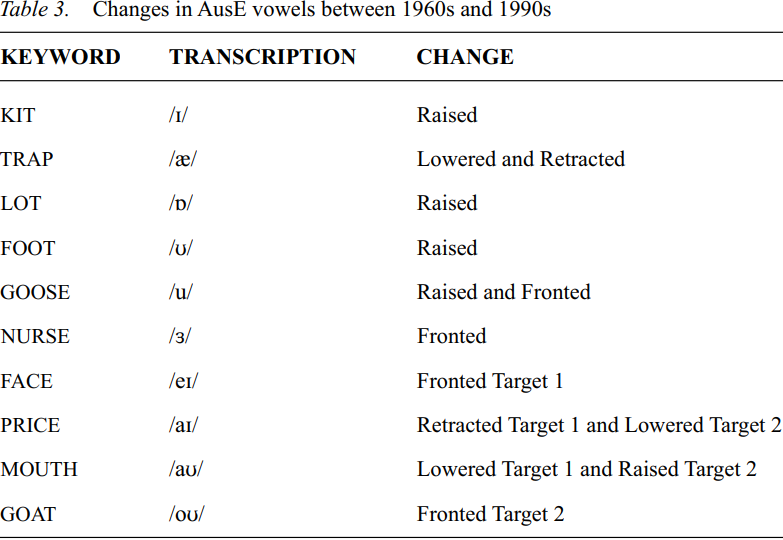

Grammar


Tenses


Present

Present Simple

Present Continuous

Present Perfect

Present Perfect Continuous


Past

Past Continuous

Past Perfect

Past Perfect Continuous

Past Simple


Future

Future Simple

Future Continuous

Future Perfect

Future Perfect Continuous

Passive and Active


Parts Of Speech


Nouns

Countable and uncountable nouns

Verbal nouns

Singular and Plural nouns

Proper nouns

Nouns gender

Nouns definition

Concrete nouns

Abstract nouns

Common nouns

Collective nouns

Definition Of Nouns


Verbs

Stative and dynamic verbs

Finite and nonfinite verbs

To be verbs

Transitive and intransitive verbs

Auxiliary verbs

Modal verbs

Regular and irregular verbs

Action verbs


Adverbs

Relative adverbs

Interrogative adverbs

Adverbs of time

Adverbs of place

Adverbs of reason

Adverbs of quantity

Adverbs of manner

Adverbs of frequency

Adverbs of affirmation


Adjectives

Quantitative adjective

Proper adjective

Possessive adjective

Numeral adjective

Interrogative adjective

Distributive adjective

Descriptive adjective

Demonstrative adjective


Pronouns

Subject pronoun

Relative pronoun

Reflexive pronoun

Reciprocal pronoun

Possessive pronoun

Personal pronoun

Interrogative pronoun

Indefinite pronoun

Emphatic pronoun

Distributive pronoun

Demonstrative pronoun


Pre Position


Preposition by function

Time preposition

Reason preposition

Possession preposition

Place preposition

Phrases preposition

Origin preposition

Measure preposition

Direction preposition

Contrast preposition

Agent preposition


Preposition by construction

Simple preposition

Phrase preposition

Double preposition

Compound preposition


Conjunctions

Subordinating conjunction

Correlative conjunction

Coordinating conjunction

Conjunctive adverbs


Interjections

Express calling interjection


Grammar Rules

Preference

Requests and offers

wishes

Be used to

Some and any

Could have done

Describing people

Giving advices

Possession

Comparative and superlative

Giving Reason

Making Suggestions

Apologizing

Forming questions

Since and for

Directions

Obligation

Adverbials

invitation

Articles

Imaginary condition

Zero conditional

First conditional

Second conditional

Third conditional

Reported speech


Linguistics

Phonetics

Phonology


Semantics


Pragmatics

Linguistics fields

Syntax

Morphology

Semantics

pragmatics

History

Writing

Grammar

Phonetics and Phonology

Semiotics


Reading Comprehension

Elementary

Intermediate

Advanced


Teaching Methods

Teaching Strategies
Phonological change in AusE Changes in vowels
المؤلف:
Barbara M. Horvath
المصدر:
A Handbook Of Varieties Of English Phonology
الجزء والصفحة:
639-35
2024-04-23
1031
Phonological change in AusE
Changes in vowels
A number of phonological changes have been studied since the descriptions of AusE by Mitchell and Delbridge and Bernard first appeared. Cox and Palethorpe (2001: 25–29) compared their acoustic study of vowels collected from a group of men during the 1990s with a similar acoustic study reported by Bernard (1970) who collected his data in the 1960s, also from males. The summary of the changes are shown in Table 3. They note that these changes follow patterned relationships. The raised second target of the MOUTH vowel follows the raised LOT vowel and the fronted second target of the GOAT vowel follows the fronted GOOSE vowel. The fronted GOOSE and NURSE vowels represent a parallel shift and raised LOT and FOOT provide an example of a change shift.

The variation in the pronunciation of the GOAT vowel is of particular interest. Mitchell and Delbridge were the first to comment on the unusual behaviour of this vowel in their survey of adolescents in the 1960s. “A curiously variable glide is heard in the South Australian recordings. It ranges from  and from [ɔʊ] to [ɒy]. This group of sounds is the only one that emerged from our survey which seemed to be regionally distinctive” (Mitchell and Delbridge 1965: 84). Cox and Palethorpe (2001: 40) indicate that for their Sydney speakers, the first target has shifted toward [ɔ] and the upward glide is quite fronted, approaching [y] before /d/.
and from [ɔʊ] to [ɒy]. This group of sounds is the only one that emerged from our survey which seemed to be regionally distinctive” (Mitchell and Delbridge 1965: 84). Cox and Palethorpe (2001: 40) indicate that for their Sydney speakers, the first target has shifted toward [ɔ] and the upward glide is quite fronted, approaching [y] before /d/.
 الاكثر قراءة في Phonology
الاكثر قراءة في Phonology
 اخر الاخبار
اخر الاخبار
اخبار العتبة العباسية المقدسة

الآخبار الصحية















 (نوافذ).. إصدار أدبي يوثق القصص الفائزة في مسابقة الإمام العسكري (عليه السلام)
(نوافذ).. إصدار أدبي يوثق القصص الفائزة في مسابقة الإمام العسكري (عليه السلام) قسم الشؤون الفكرية يصدر مجموعة قصصية بعنوان (قلوب بلا مأوى)
قسم الشؤون الفكرية يصدر مجموعة قصصية بعنوان (قلوب بلا مأوى) قسم الشؤون الفكرية يصدر مجموعة قصصية بعنوان (قلوب بلا مأوى)
قسم الشؤون الفكرية يصدر مجموعة قصصية بعنوان (قلوب بلا مأوى)


















